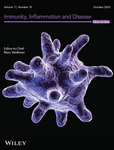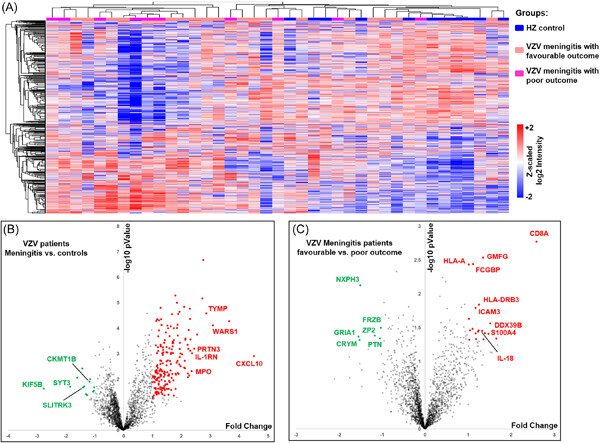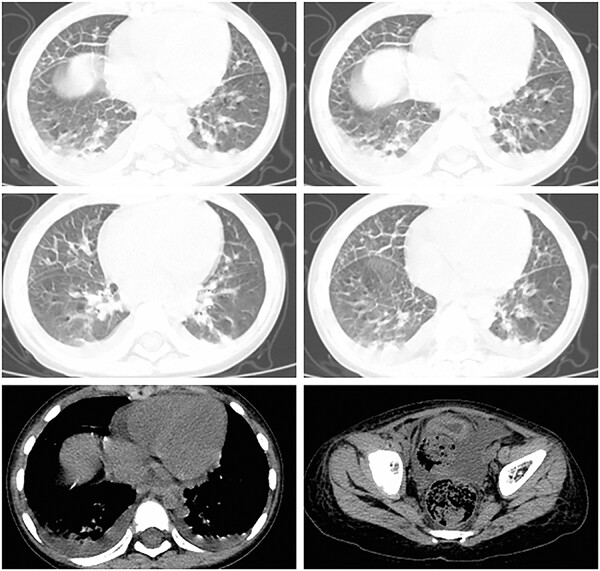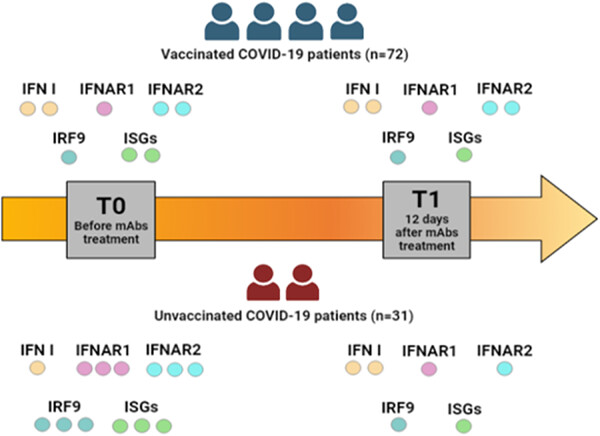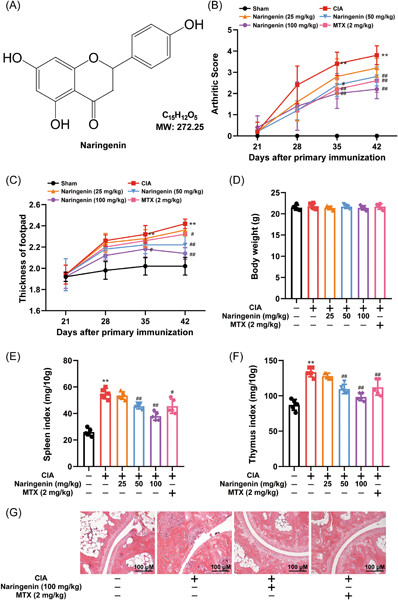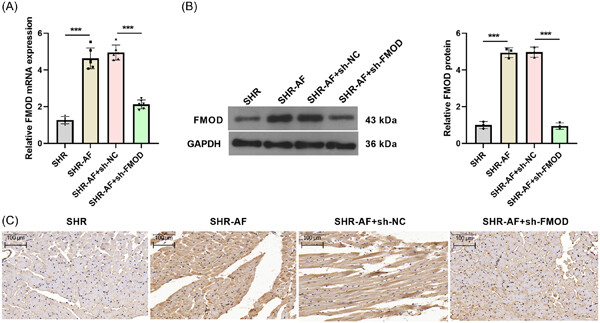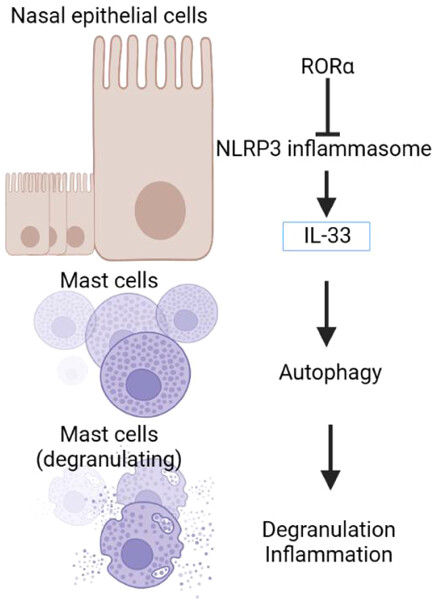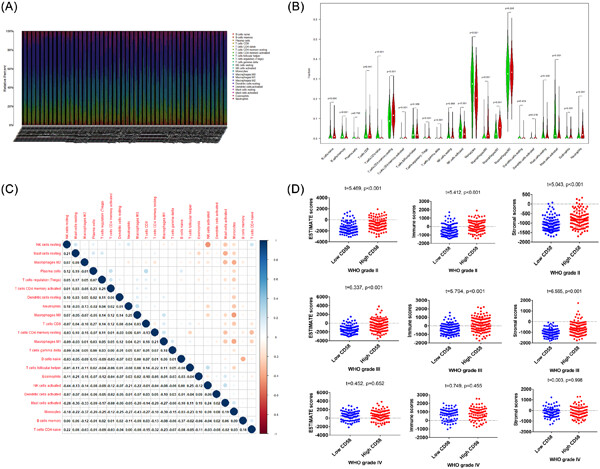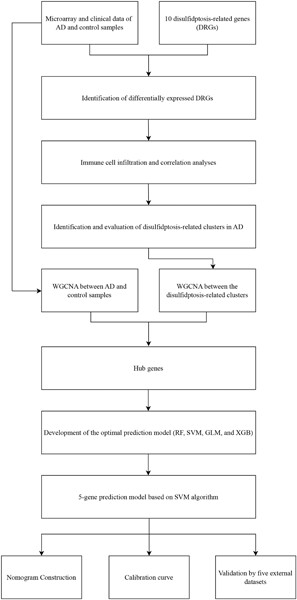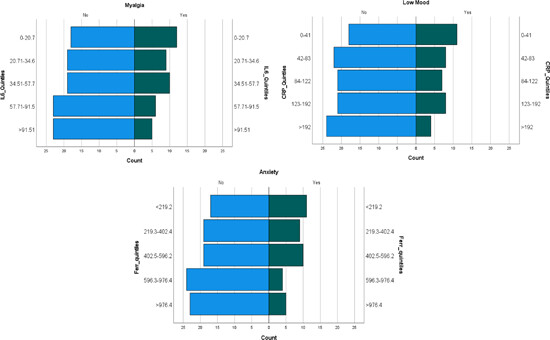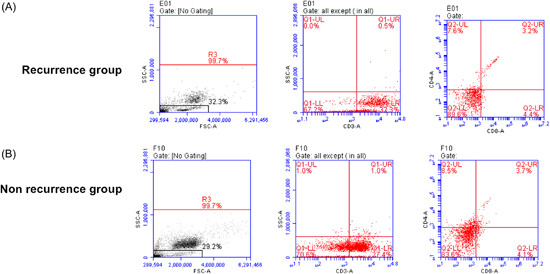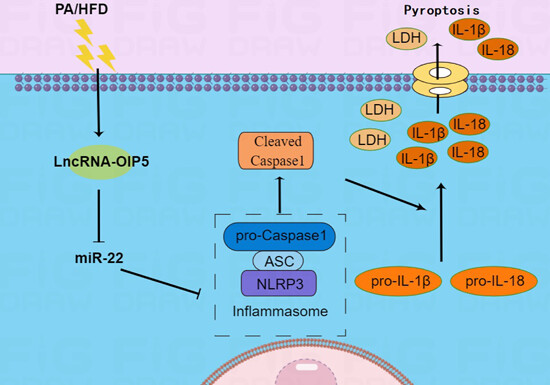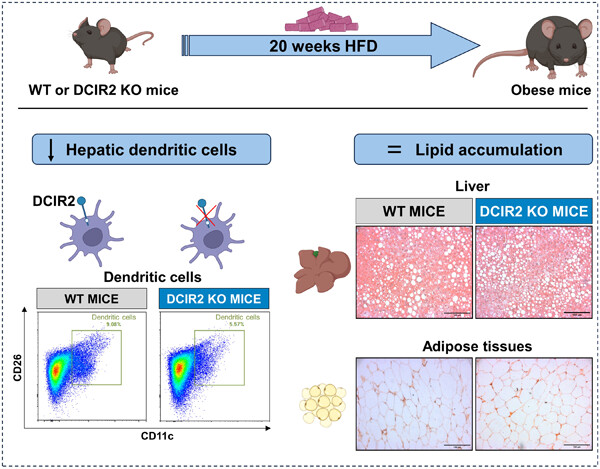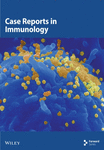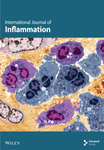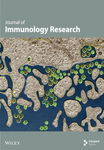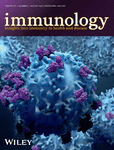Journal list menu
Export Citations
Download PDFs
ISSUE INFORMATION
REVIEW ARTICLES
COVID-associated arthritis after severe and non-severe COVID-19: A systematic review
- First Published: 11 October 2023
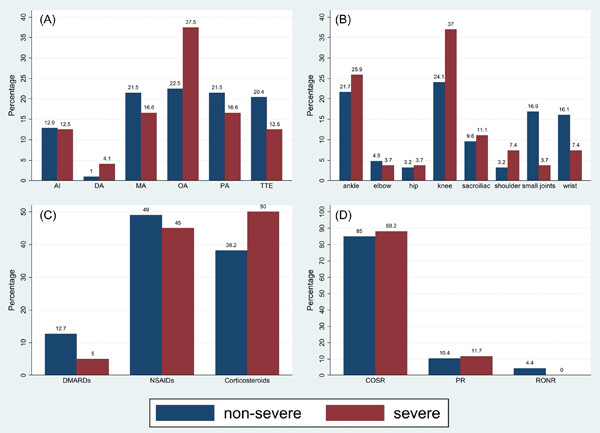
This study compares COVID-associated arthritis in two non-severe COVID-19 and severe COVID-19 categories by collecting data from 95 cases. We conclude that the prevalence of COVID-associated arthritis may increase with COVID-19 severity. However, there is an inverse relationship between COVID-19 severity and arthritis severity, probably because of weaker immunity conditions following immunosuppressant therapy in patients with severe COVID-19.
Regulation of cell proliferation and transdifferentiation compensates for ventilator-induced lung injury mediated by NLRP3 inflammasome activation
- First Published: 25 October 2023
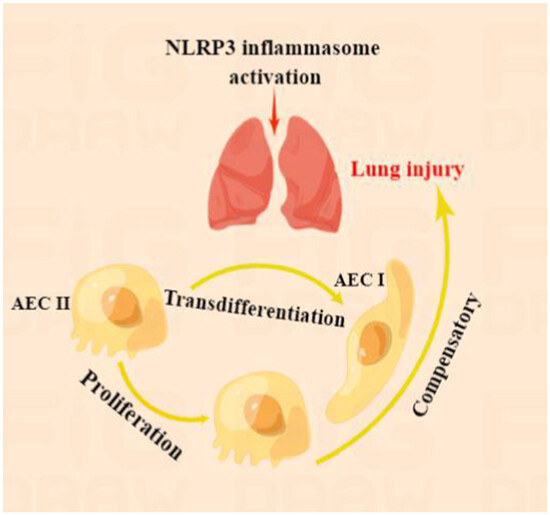
Nod-like receptor protein 3 inflammasome activation induces ventilator-induced lung injury (VILI). But, the inflammatory process of VILI is accompanied by the proliferation and transdifferentiation of alveolar epithelial cells, the significance of this phenomenon is to inhibit the occurrence of VILI in the early stage by compensating for the inflammatory response via repairing damaged alveolar membranes.
ORIGINAL ARTICLES
Clinical characteristics and risk factors of Helicobacter pylori infection-associated Sjogren's syndrome
- First Published: 30 October 2023
REVIEW ARTICLES
Cerebrospinal fluid proteomics in meningitis patients with reactivated varicella zoster virus
- First Published: 04 October 2023
Potential biomarker for diagnosis and therapy of sepsis: Lactylation
- First Published: 13 October 2023
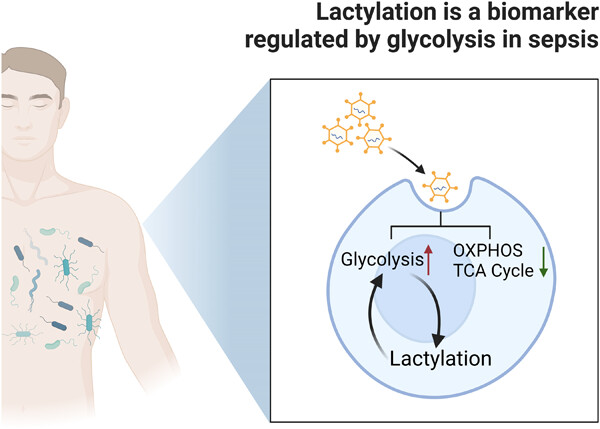
Lactylation is a biomarker regulated by glycolysis in sepsis. Sepsis promotes the process of glycolysis, causing histones and nonhistones to be modified by lactylation. Lactylation can indicate not only inflammation but also immune status. Modulation of the glycolysis can inhibit excessive lactylation and reduce mortality of septic mice.
Combined use of total glucosides of paeony and hydroxychloroquine in primary Sjögren's syndrome: A systematic review
- First Published: 20 October 2023
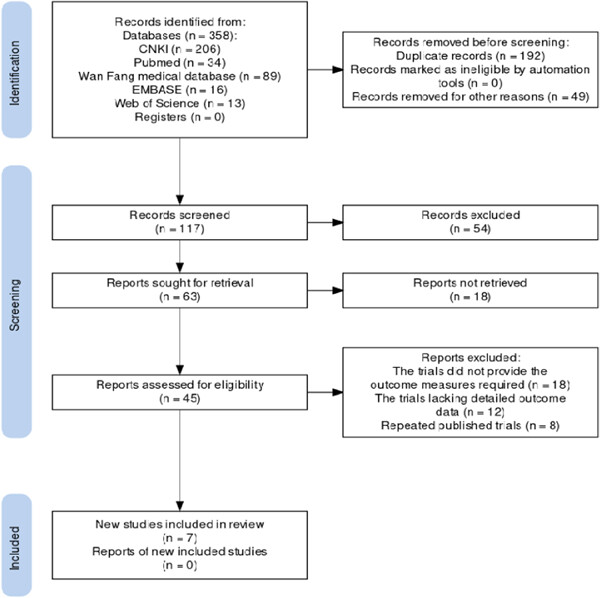
We performed a meta-analysis of the results of seven studies, including 632 patients of primary Sjögren's syndrome. The results showed that the combination of total peony glucoside with hydroxychloroquine (HCQ) had significant advantages over HCQ alone in improving patients' clinical symptoms and reducing immunoglobulin A, immunoglobulin M, and immunoglobulin G levels.
Mechanistic insights into the role of probiotics in modulating immune cells in ulcerative colitis
- First Published: 13 October 2023
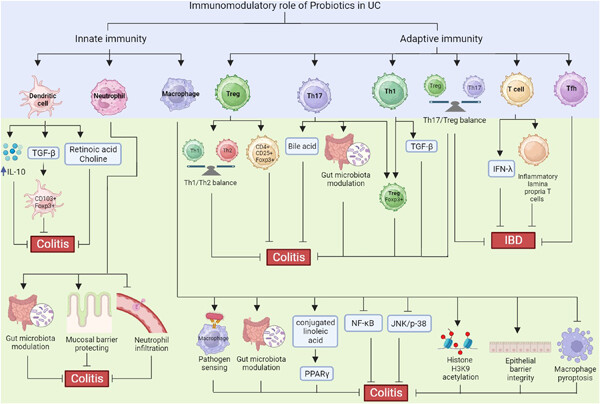
This comprehensive review explores the therapeutic potential of probiotics in ulcerative colitis (UC) by examining their impact on immune cells. Through an exhaustive search of relevant literature, the review highlights how probiotics interact with immune cells, promote regulatory T cell growth, inhibit pro-inflammatory cell activation, and regulate cytokine and chemokine release, all contributing to the management of UC. While probiotics show promise in immune regulation for UC treatment, further research is needed to optimize their use and better understand the underlying molecular mechanisms.
Regulation of long noncoding RNAs in the pathogenesis and clinical implications of pituitary adenomas
- First Published: 13 October 2023
REVIEW ARTICLE
Research progress on the activation mechanism of NLRP3 inflammasome in septic cardiomyopathy
- First Published: 04 October 2023
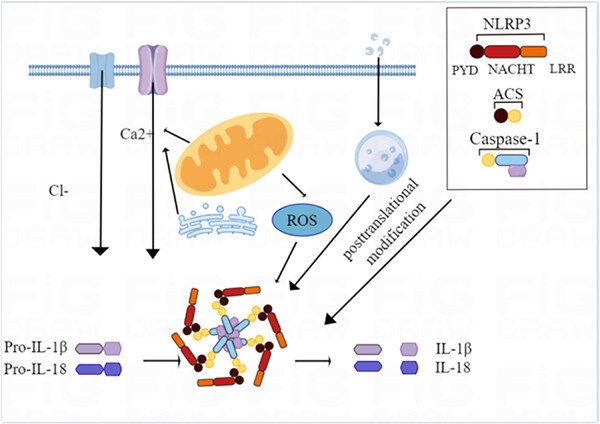
Inflammasomes play a key role in the development and progression of innate immunity and immunoinflammatory diseases. It was found that NLPR3 inflammasomes are closely related to sepsis and septic cardiomyopathy (SCM) and can be involved in regulating SCM through cardiomyocyte inflammatory response and apoptosis, oxidative stress injury, calcium regulation, endoplasmic reticulum stress, mitochondrial dysfunction, and exosomes.
ORIGINAL ARTICLES
The potential roles of stress-induced phosphoprotein 1 and connexin 43 in rats with reperfusion arrhythmia
- First Published: 03 October 2023
Primary symptoms of severe mycoplasma pneumoniae pneumonia with acute abdomen, scrotal swelling and pain, and fever: A case report
- First Published: 03 October 2023
Differential expression of Type I interferon and inflammatory genes in SARS-CoV-2-infected patients treated with monoclonal antibodies
- First Published: 13 October 2023
TNFAIP3 interacting protein 2 relieves lipopolysaccharide (LPS)-induced inflammatory injury in endometritis by inhibiting NF-kappaB activation
- First Published: 13 October 2023
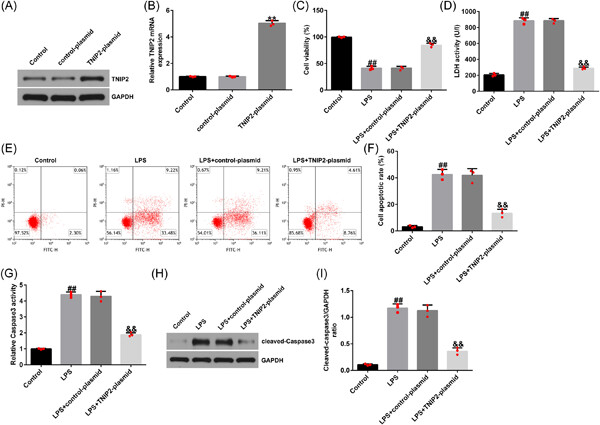
The present study explored the role of TNFAIP3 interacting protein 2 (TNIP2) in endometritis that stimulated by lipopolysaccharide (LPS) at human endometrial epithelial cells (hEECs). The findings revealed that TNIP2 alleviated endometritis by inhibiting the NF-kB pathway, suggesting a potential therapeutic target for endometritis.
Downregulation of BIRC2 hinders the progression of rheumatoid arthritis through regulating TRADD
- First Published: 04 October 2023
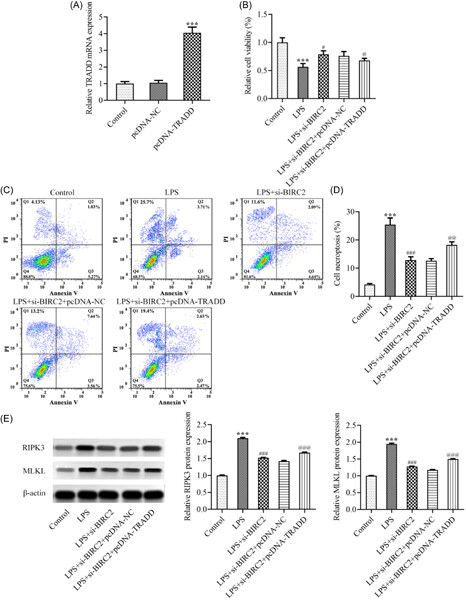
Baculoviral IAP repeat-containing 2 (BIRC2) knockdown could attenuate the progression of rheumatoid arthritis by inhibiting inflammation, oxidative stress, and necroptosis. BIRC2 knockdown might play its protective role against lipopolysaccharide-mediated C28/I2 cells through downregulating tumor necrosis factor receptor 1-associated death domain protein.
Naringenin ameliorates collagen-induced arthritis through activating AMPK-mediated autophagy in macrophages
- First Published: 20 October 2023
Analysis of gastrin-17 and its related influencing factors in physical examination results
- First Published: 27 October 2023
Downregulation of fibromodulin attenuates inflammatory signaling and atrial fibrosis in spontaneously hypertensive rats with atrial fibrillation via inhibiting TLR4/NLRP3 signaling pathway
- First Published: 27 October 2023
House dust mite subcutaneous immunotherapy has sustained long-term effectiveness on allergic rhinitis and asthma: A 10-year follow-up
- First Published: 13 October 2023

Patients included in a double-blind placebo-controlled AIT study with dpg-pol HDM allergen extract were reviewed at completion of the perennial treatment and 10-year follow-up (10y-FU). Sustained clinical efficacy is achieved 10 years after completion of depigmented-polymerized HDM, however, these findings were observed only if patients are treated for at least 3 years.
SAMD1 attenuates antiphospholipid syndrome-induced pregnancy complications
- First Published: 30 October 2023
RORα overexpression reduced interleukin-33 expression and prevented mast cell degranulation and inflammation by inducing autophagy in allergic rhinitis
- First Published: 17 October 2023
The CD2–CD58 axis: A novel marker predicting poor prognosis in patients with low-grade gliomas and potential therapeutic approaches
- First Published: 13 October 2023
Neuroprotective mechanism of salvianolic acid B against cerebral ischemia–reperfusion injury in mice through downregulation of TLR4, p-p38MAPK, p-JNK, NF-κB, and IL-1β
- First Published: 04 October 2023
Heat stress combined with lipopolysaccharide induces pulmonary microvascular endothelial cell glycocalyx inflammatory damage in vitro
- First Published: 05 October 2023
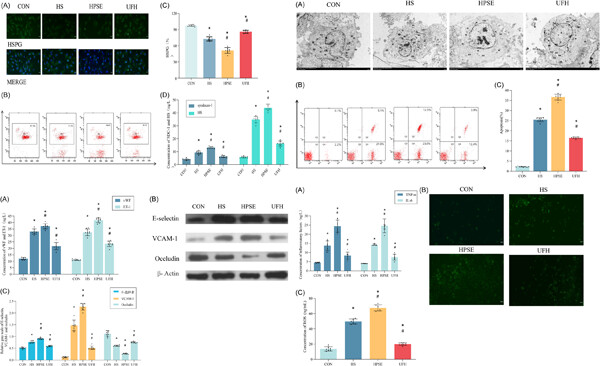
The features of vascular endothelial glycocalyx under stimulation of heat stress and lipopolysaccharide corroborated vascular inflammatory injury and coagulation disorder. For the first time, the study showed that heat stroke triggered endothelial glycocalyx degradation and further induced oxidative damage and apoptosis of human pulmonary microvascular endothelial cells, which impaired its ability to resist inflammatory injury and maintaining vascular permeability.
Identification of ferroptosis-related genes in type 2 diabetes mellitus based on machine learning
- First Published: 11 October 2023
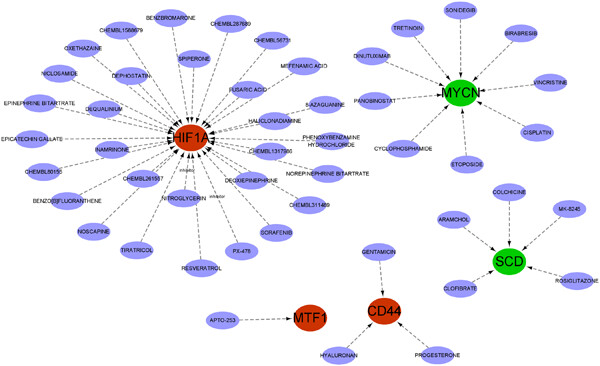
In this study, we identified eight hub genes (SCD, CD44, HIF1A, BCAT2, MTF1, HILPDA, NR1D2, and MYCN) that are closely associated with ferroptosis in T2DM. The three ferroptosis genes (HIF1A, HILPDA, and SCD) are strongly related to T2DM, hypoxia and lipid metabolism, providing new research directions for the development and treatment of T2DM and its complications. Based on these eight genes, we constructed a model with a high ability to diagnose T2DM. We also predicted the drugs corresponding to these eight genes as well as constructed a ceRNA network map. In addition, we verified the protein expression of CD44 and MYCN in T2DM and nondiabetic tissues by Western blotting, Immunohistochemistry staining, Immunofluorescence Staining and quantitative real-time PCR and the results were statistically significant. The above findings suggest that further studies of ferroptosis may offer new therapeutic goals and biomarkers for patients with T2DM.
Machine learning identification and immune infiltration of disulfidptosis-related Alzheimer's disease molecular subtypes
- First Published: 11 October 2023
Effect of lidocaine on cognitively impaired rats: Anti-inflammatory and antioxidant mechanisms in combination with CRMP2 antiphosphorylation
- First Published: 11 October 2023
Clinical efficacy of plasma exchange in systemic lupus erythematosus during pregnancy
- First Published: 11 October 2023
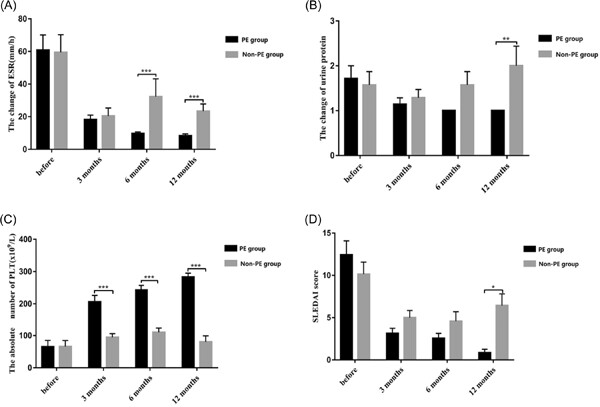
In this study, we recruit 14 SLE patients to analyze the clinical efficacy of prednisone and HCQ alone or in combination with PE for the treatment of SLE during pregnancy. The data showed that PE in the combination of PE and oral prednisone and HCQ is a more effective treatment than oral prednisone and HCQ alone for patients with active SLE during pregnancy. This treatment option reduces pregnancy loss and promotes the patients' postpartum condition.
Mechanism of KLF9 in airway inflammation in chronic obstructive pulmonary
- First Published: 12 October 2023
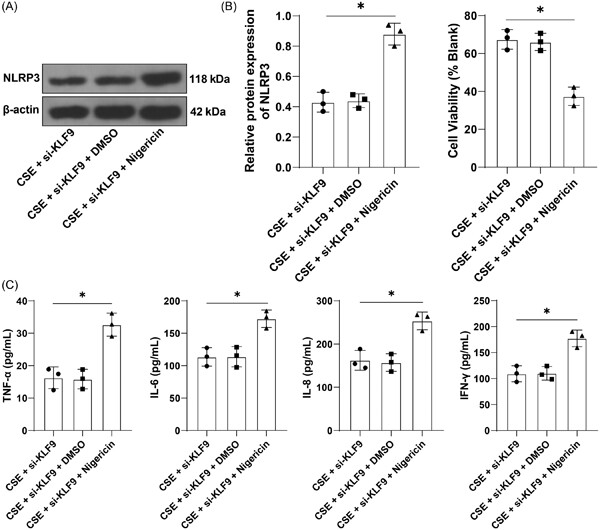
Chronic obstructive pulmonary disease (COPD) is an airway-associated lung disorder, resulting in airway inflammation. This article aimed to explore the role of the krüppel-like factor 9/microRNA-494-3p/phosphatase and tensin homolog axis in airway inflammation and pave a theoretical foundation for the treatment of COPD.
Association of genetic variations in FoxP3 gene with Graves' disease in a Southwest Chinese Han population
- First Published: 13 October 2023
Inflammatory bowel disease and the risk of intracerebral hemorrhage: A Mendelian randomization study and meta-analysis
- First Published: 17 October 2023
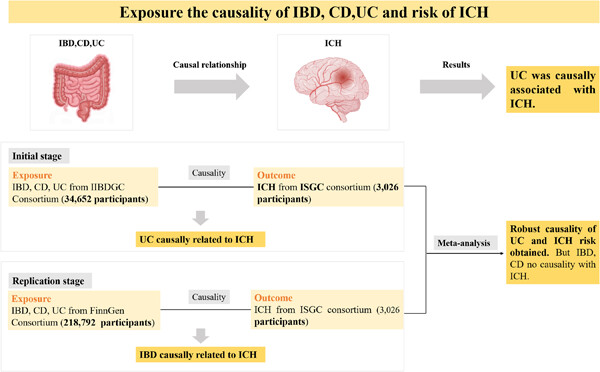
This study systematically investigated the causal relationship between IBD, CD, UC, and the risk of ICH for the first time. Our findings confirmed a potential causal relationship between UC and ICH. Our findings highlighted that rs3024493, rs34920465, and rs483905 may be treated as specific biomolecular markers of ICH with potential significance in predicting the occurrence of hypertension and ICH.
Examining the relationship between inflammatory biomarkers during COVID-19 hospitalization and subsequent long-COVID symptoms: A longitudinal and retrospective study
- First Published: 30 October 2023
Buccopharyngeal route administered high polyphenolic olive oil and COVID-19: A pilot clinical trial
- First Published: 20 October 2023
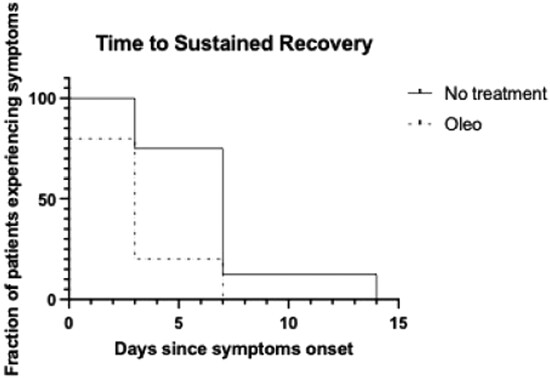
This pilot study revolves around the feasibility of a novel immune strategy against COVID-19 consisting of the buccopharyngeal administration of olive polyphenols (OP). SARS-CoV-2 ability to silence the immune surveillance function played by mucosal innate immunity through dendritic cells (DC) could be hypothetically counteract by local immunomodulation with OP.
Clinical utility of inflammatory biomarkers in COVID-19-related sudden sensorineural hearing loss
- First Published: 18 October 2023
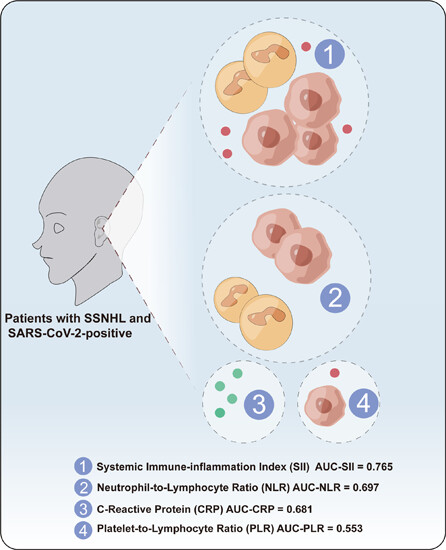
The prognosis of COVID-19-related sudden sensorineural hearing loss (SSNHL) is associated with inflammation. λSystemic immune-inflammation index (SII), neutrophil-to-lymphocyte ratio, and C-reactive protein could serve as predictive markers of unfavorable outcomes in COVID-19-related SSNHL. λSII may be considered an independent risk factor for poor prognosis in COVID-19-related SSNHL.
Association of IL-17 and IL-27 polymorphisms with susceptibility to recurrent pregnancy loss and pre-eclampsia: A systematic review and meta-analysis
- First Published: 25 October 2023
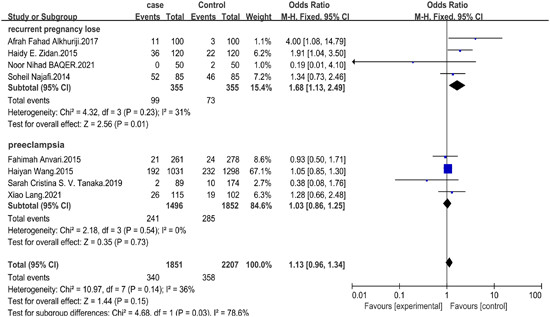
Pre-eclampsia and recurrent pregnancy loss are both classified as immune-related pregnancy complications due to their similar immunological pathogenesis. The interleukin (IL)-17 rs763780, IL-27 rs153109, and IL-27 rs17855750 polymorphisms were not significantly associated with pre-eclampsia and recurrent pregnancy loss. The IL-17 rs2275913 polymorphism was associated with the susceptibility to recurrent pregnancy loss.
The role of inflammatory factors and T-cell subsets in the diagnosis of recurrence in epithelial ovarian cancer patients and the effect of olaparin treatment on them
- First Published: 25 October 2023
Chrysosplenol D can inhibit the growth of prostate cancer by inducing reactive oxygen species and autophagy
- First Published: 30 October 2023
LncRNA HOTAIR regulates the PI3K/AKT pathway via the miR-126-3p/PIK3R2 axis to participate in synovial angiogenesis in rheumatoid arthritis
- First Published: 27 October 2023
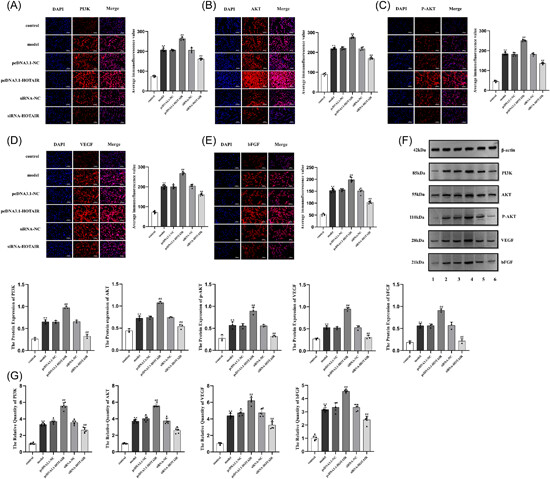
Our study sheds light on the potential role of neovascularization in the pathogenesis of rheumatoid arthritis (RA). The long-chain noncoding RNA HOTAIR/miR-126-3p/PIK3R2 signaling axis may contribute to RA neovascularization and provide novel insights and potential targets for therapeutic intervention in RA.
Down-regulation of OIP5-AS1 inhibits obesity-induced myocardial pyroptosis and miR-22/NLRP3 inflammasome axis
- First Published: 27 October 2023
LETTER
Myelin oligodendrocyte glycoprotein antibody-associated optic neuritis in a post-COVID-19 infection patient
- First Published: 25 October 2023
SHORT REPORTS
Dendritic cell immunoreceptor 2 (DCIR2) deficiency decreases hepatic conventional dendritic cell content but not the progression of diet-induced obesity
- First Published: 25 October 2023
Investigation of a synonymous mutation in Btk in a patient with agammaglobulinemia: A case report
- First Published: 20 October 2023
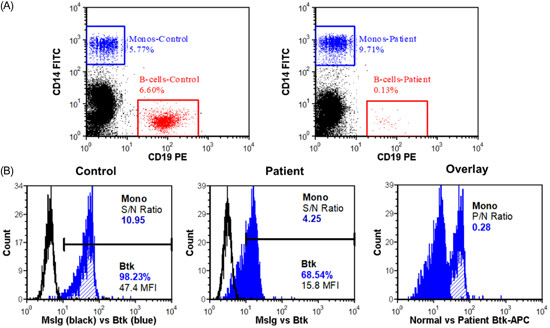
We describe a case of X-linked agammaglobulinemia (XLA) caused by the synonymous mutation Btk c.240 G > A, which results in aberrant splicing (and presumed nonsense mediated decay), but also leads to low level residual wild-type BTK messenger RNA. We demonstrate detectable but significantly reduced BTK expression the patient's monocytes and relate this result and the patient's clinical course to the open question of genotype-phenotype relationships in XLA.




